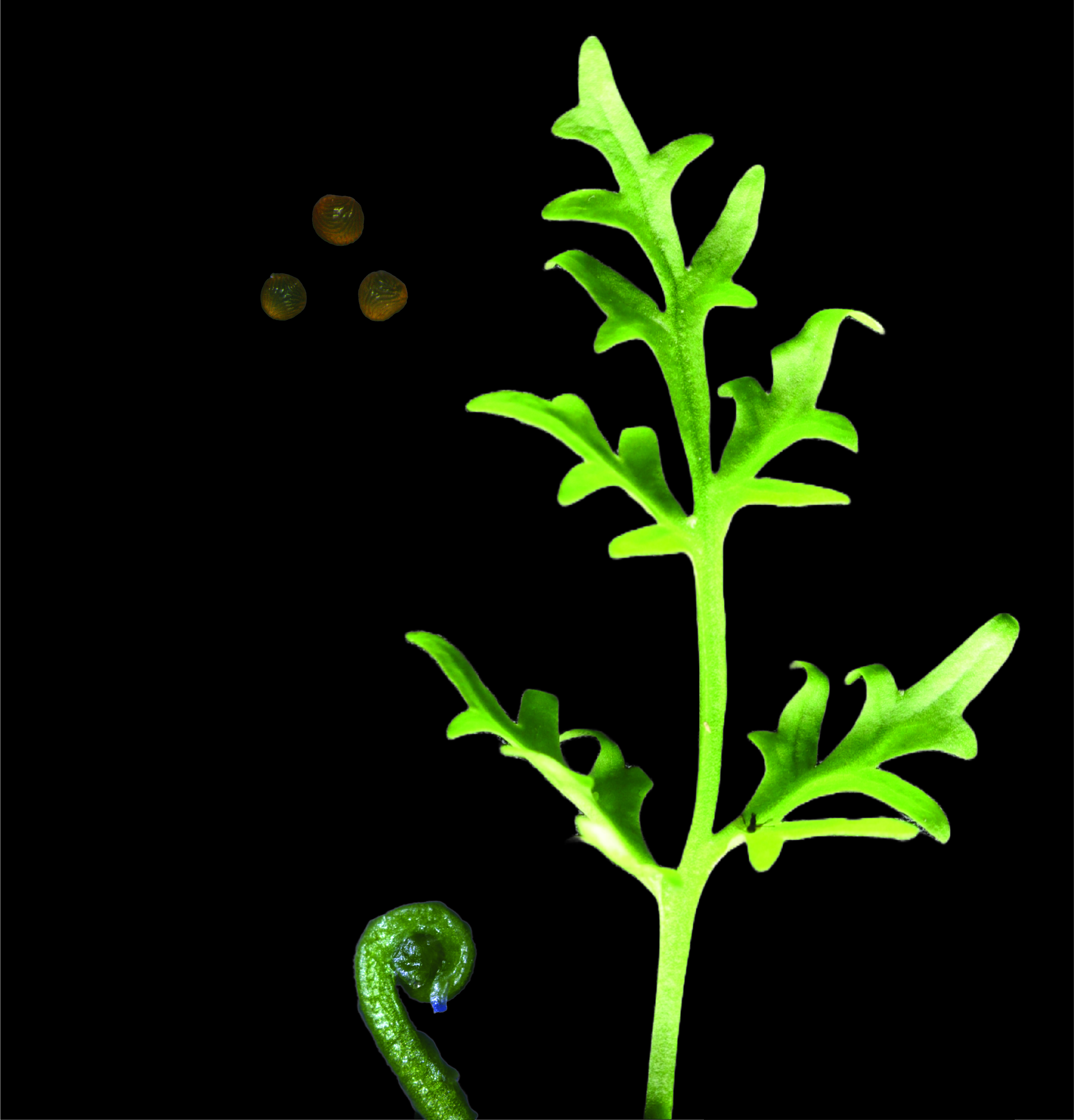Auxin is a key hormone in plant development, controlling almost any step throughout a plant's life cycle. Much is known about this response in the model flowering plant Arabidopsis, and more and more in the bryophyte model plant species. However, flowering plants and bryophytes are incomparable on a morphological and generational (diploid sporophyte vs. haploid gametophyte) level. Therefore, it is hard to conclude which mechanisms are conserved or even ancestral.

Ferns, as sister clade to flowering plants, offer an ideal in-between model to better understand the conserved modes of action of the plant hormone auxin. Additionally, ferns have two distinct developmental phases: one closely resembles a bryophyte (the haploid gametophyte) while the other resembles a flowering plant (the diploid sporophyte). Hereby, the HFSP Research Grant team has demonstrated that many of these responses are conserved at both the morphological and transcriptional levels. Excitingly, altering auxin transport could induce the formation and autopolyploidization of haploid gametophytic cells to form diploid roots and vasculature. This shows the developmental potency of this structurally simple molecule.
Lastly, the scientists could identify specific aspects of the auxin response dependent on tissue ontogeny among bryophytes, ferns, and flowering plants. The initial attempt to engineer a flowering plant-like auxin response in bryophytes was inconclusive. Still, this knowledge helps to understand the necessity of such a response: it is crucial for the development and evolution of important plant organs like roots and vasculature.
The study, recently published in the Development Journal, was led by Dolf Weijers from Wageningen University in the Netherlands. The collaboration between different team members, supported by an HFSP Research Grant, was fundamental to higher the research level.


































